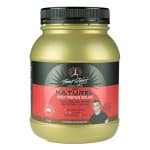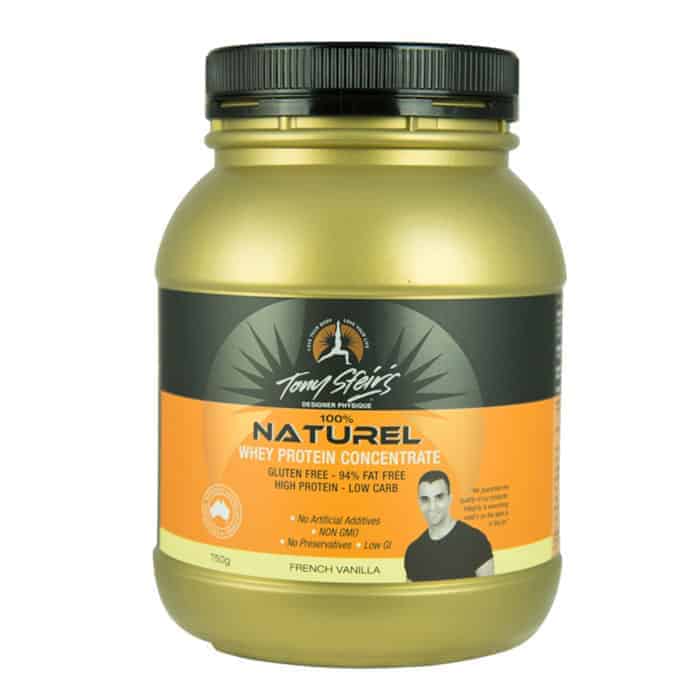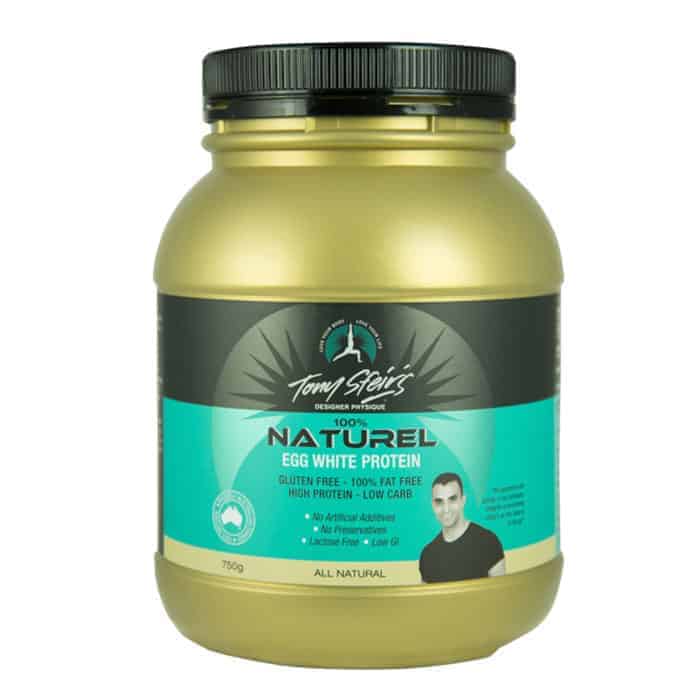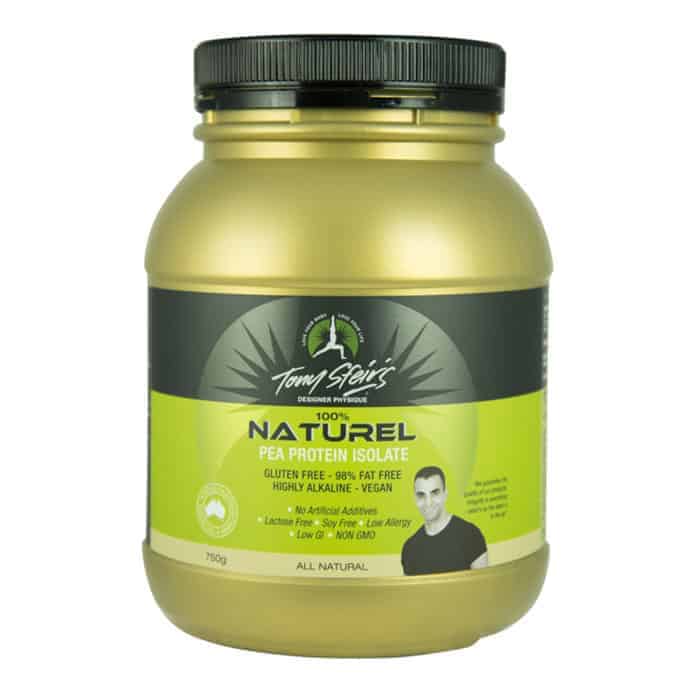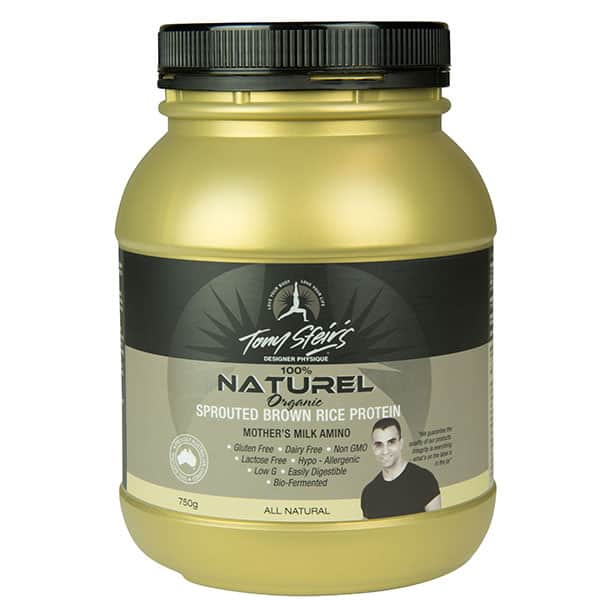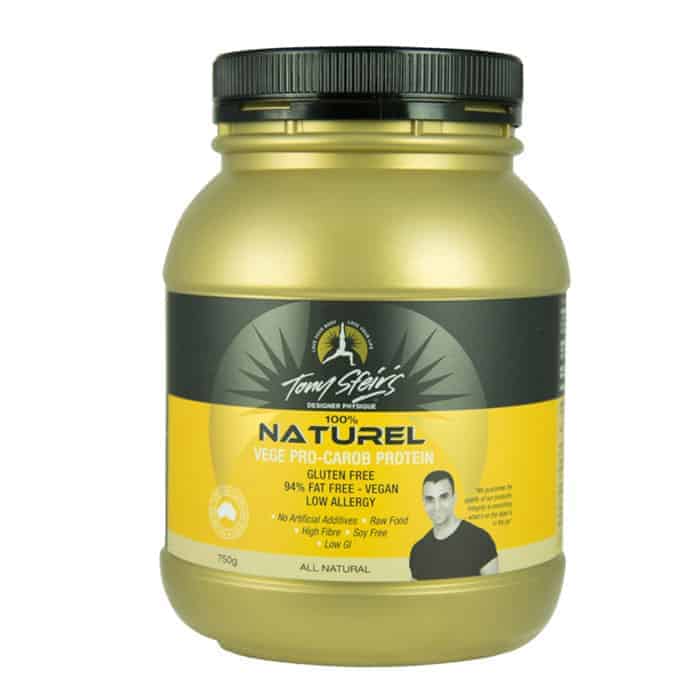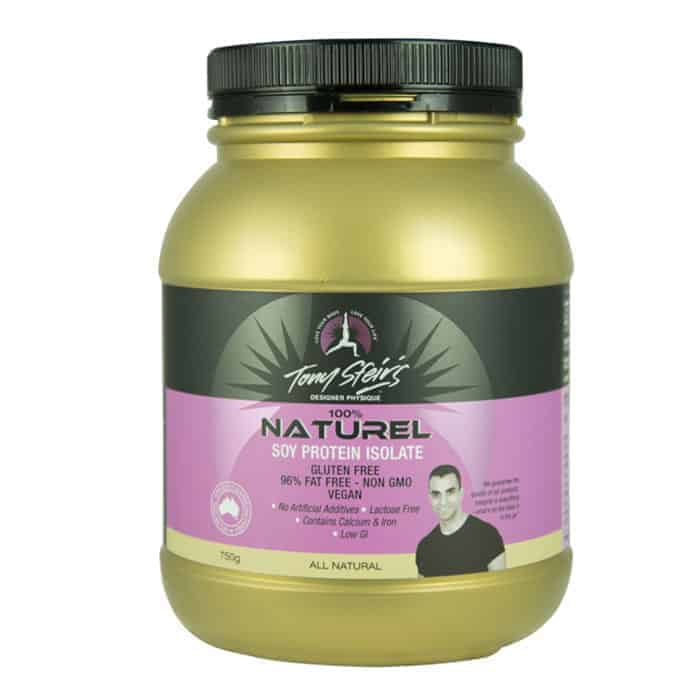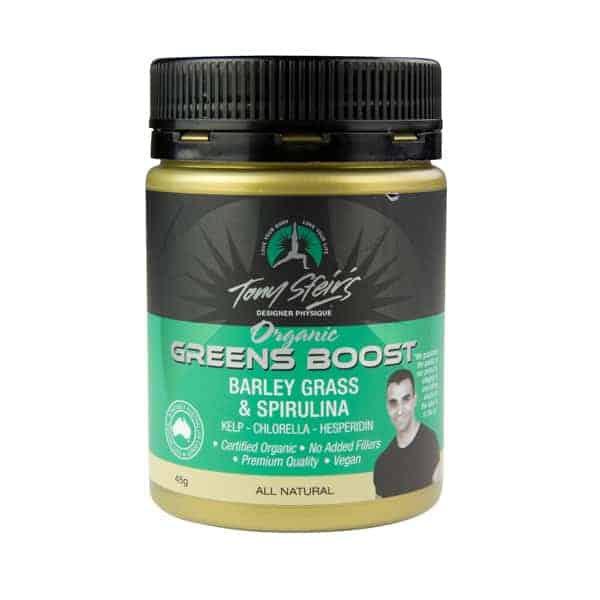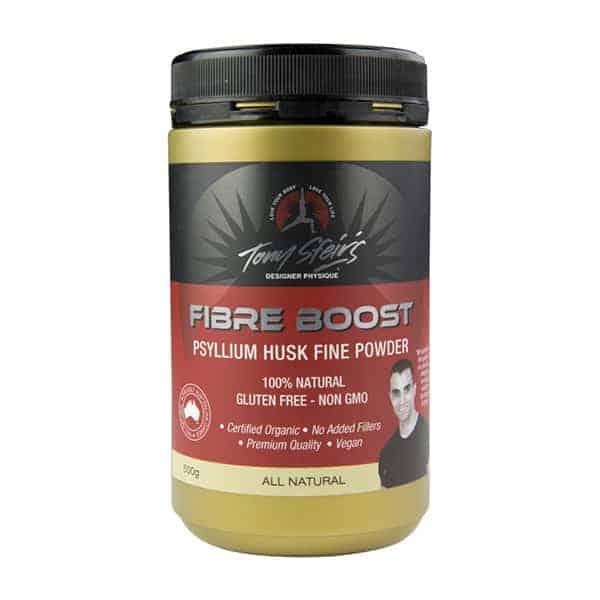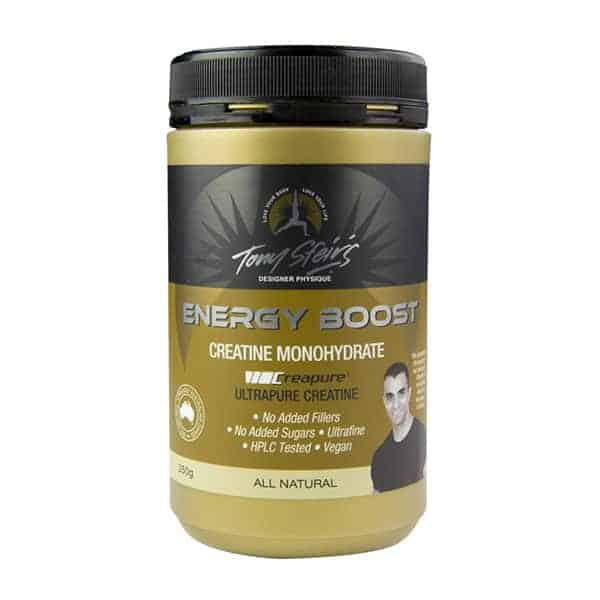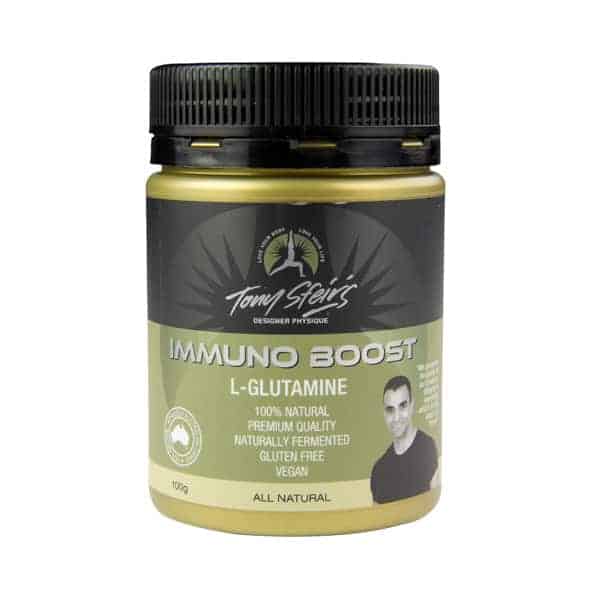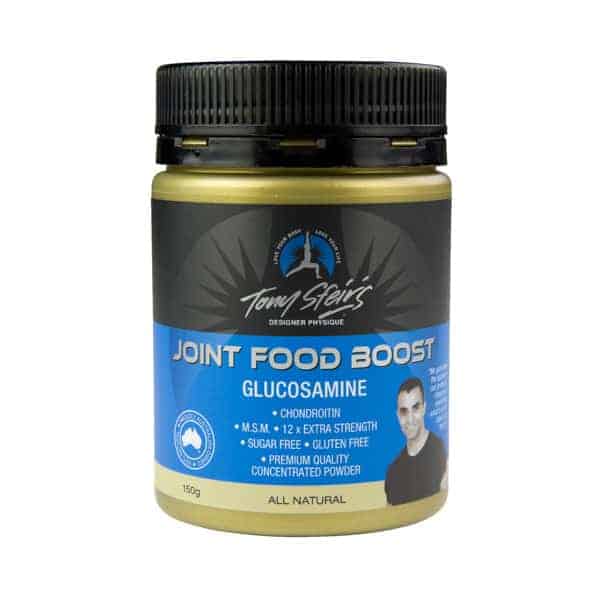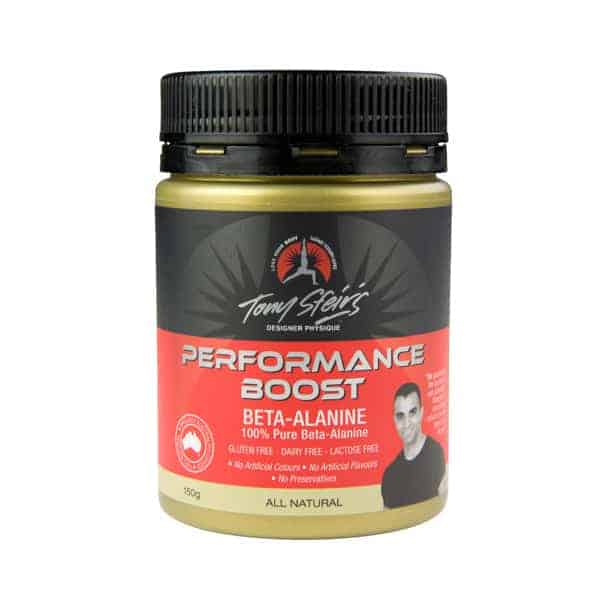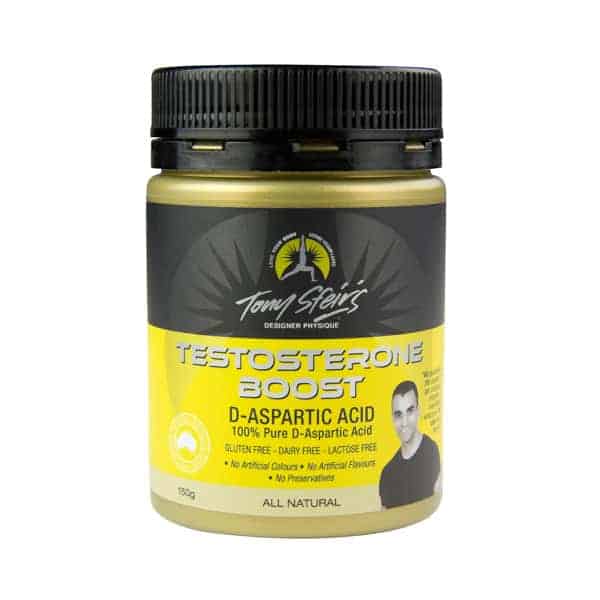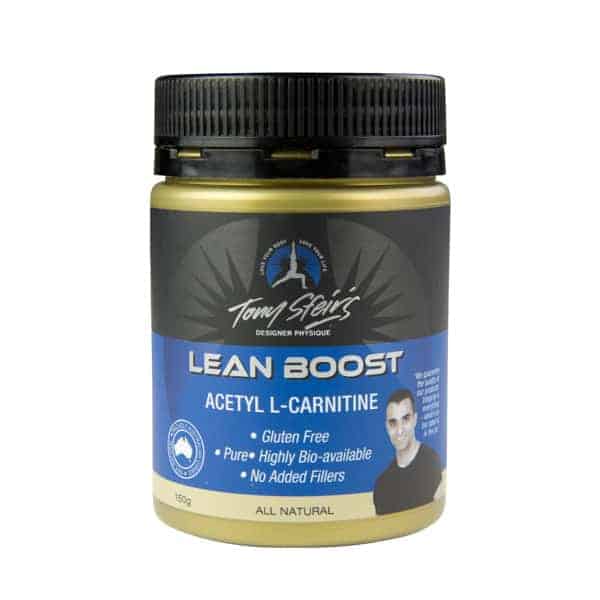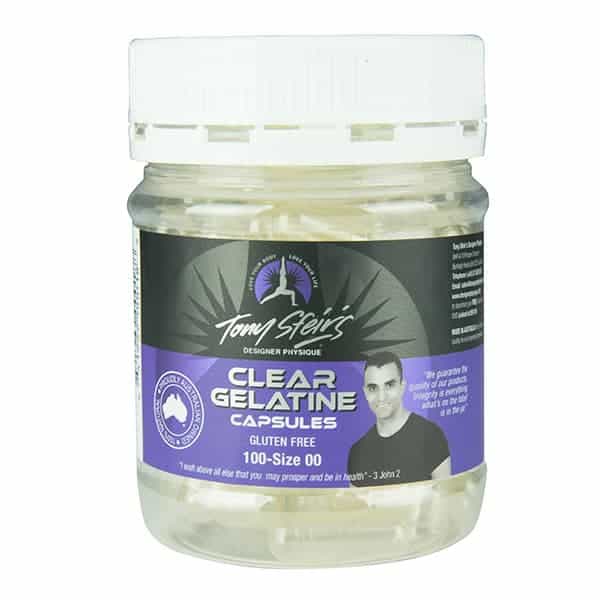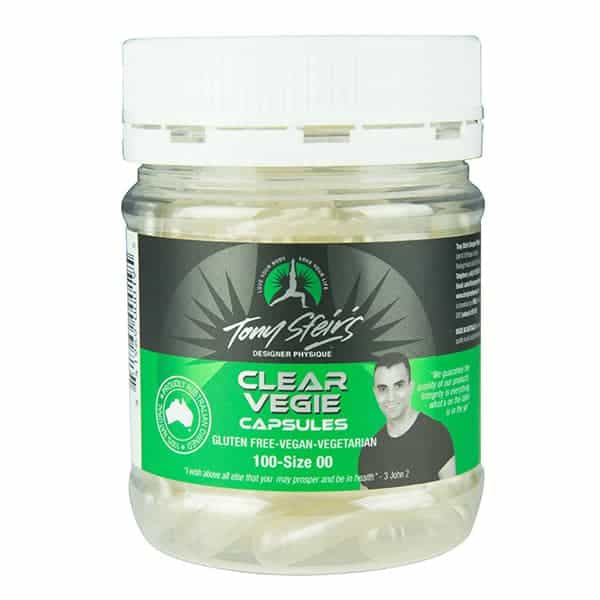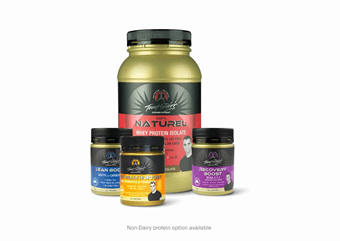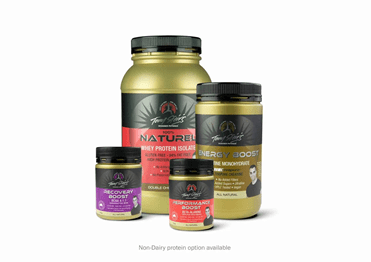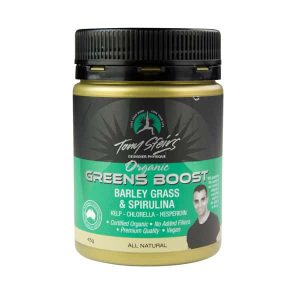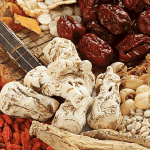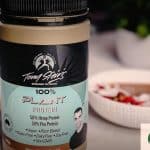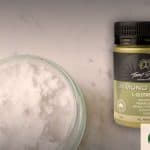Looking after our joints is critical as we age, and for us active individuals, it becomes even more important.
Like a car, our joints also experience “wear-and-tear”, and supplementing with comprehensive joint health formulas such as Joint Health Boost can be an effective way to dramatically slow this process down.
One particular ingredient that we find most beneficial is a compound known as Glucosamine, often referred to as N-acetyl glucosamine, glucosamine hydrochloride or glucosamine sulfate.
Glucosamine is an amazing ingredient when it comes to protecting our joints, and is often responsible for reducing the breakdown of cartilage tissue (Jerosch, 2011).
In this article, we’re going to discuss some of the specific benefits of glucosamine, and how it can be an effective ingredient in supporting our overall joint health.
Where Does Glucosamine Come From?
Glucosamine is produced naturally in our body and is found in abundance throughout connective and cartilage tissue.
Most oral supplements extract glucosamine from chitin, which is found in the exoskeleton of various insects, cell walls of fungi, and crustaceans such as crab, lobster, or shrimp.
Designer Physique is all about sourcing the best quality glucosamine, which is why we use premium quality Japanese Crustacea.
Glucosamine for Joint Pain
One major aspect of Glucosamine is its ability to reduce joint pain, which has shown beneficial for conditions such as osteoarthritis.
It’s believed that glucosamine is able to do this through various anti-inflammatory mechanisms that slow the degenerative effect on articular cartilage and joint tissue (Vasiliadis & Tsikopoulos, 2017).
Glucosamine may also have the ability to stimulate cartilage and collagen synthesis, and actually accelerate recovery from tissue injury (Ostojic et al., 2007). This makes glucosamine supplementation perfect for sports injuries or even mild knee pain.
Did you know we can actually experience more joint pain during the winter season? This is often due to the cold weather’s ability to create more muscle tightness, which increases pressure and pain. This makes supplementing with glucosamine even more critical throughout the colder seasons (Timmermans et al., 2013).
A Potent Anti-Inflammatory
On top of glucosamine’s potent anti-inflammatory and joint restorative actions, its benefits may even go further.
Glucosamine also has the ability to decrease inflammatory biomarkers that may also serve a benefit to other conditions such as type-2 diabetes (T2D) (Ma et al., 2020), inflammatory bowel disease (IBD), and potentially other inflammatory disorders (Azuma et al., 2015).
This means that, when we use glucosamine to look after our joints, we may also be inadvertently looking after other aspects of our body.
Glucosamine Intake
Firstly, when supplementing with any compound that you are not sure about, it’s always best to consult with your local health practitioner before dumping heaping serves into your gaping maw.
Although exact dosing doesn’t appear to be overly clear in the literature, most evidence suggests doses of between 1,500-3,000mg/day Glucosamine sulfate is able to slow the rate of joint tissue breakdown (Examine.com, 2020).
Dosing may also change depending on the type or intensity of the activity you do on a daily basis, or the severity of the condition you’re looking to treat. This is why again, it’s always best to consult with an expert first, just to make sure you’re getting the correct dose.
This is why our Designer Physique Joint Food Boost Powder contains a concentrated 1340mg glucosamine hydrochloride (equivalent to 1500mg glucosamine sulfate), plus other scientifically proven joint supporting ingredients including chondroitin, Methylsulfonylmethane (MSM), and more.
Read more about our one-of-a-kind joint food boost powder here.
Glucosamine’s Safety Profile
Glucosamine has a rock-bottom safety profile, with doses of up to 2,000mg a day long-term being deemed as safe (Hathcock & Shao, 2007).
In most extensive clinical trials, side effects reported are low and mild, ranging from dyspepsia (indigestion), nausea, vomiting, diarrhoea, constipation, headache, and fatigue (Williams & Ampat, 2021).
Additionally, no medications have been reportedly proven to interact with glucosamine.
The Takeaway
Glucosamine is a potent anti-inflammatory compound that not only supports our joint health but may also benefit us further.
From its ability to reduce joint pain, slow cartilage breakdown, and even decrease whole-body inflammation, glucosamine is a supplement worth taking.
This is why we made Designer Physique Joint Food Boost, which contains a concentrated blend of Glucosamine, chondroitin, MSM, Zinc, Manganese, and Magnesium.
Collectively, these ingredients create optimal support for our joints, formulated for both exercise enthusiasts and hard-charging athletes.
If you’re ready to optimise your joint health, why not pick up a jar today and try it out?
References
- Azuma, K., Osaki, T., Kurozumi, S., Kiyose, M., Tsuka, T., Murahata, Y., Imagawa, T., Itoh, N., Minami, S., Sato, K., & Okamoto, Y. (2015). Anti-inflammatory effects of orally administered glucosamine oligomer in an experimental model of inflammatory bowel disease. Carbohydrate Polymers, 115, 448-456. https://doi.org/10.1016/j.carbpol.2014.09.012
- com. (2020, December 3). Glucosamine supplement — Health benefits, dosage, side effects. https://examine.com/supplements/glucosamine/
- Hathcock, J. N., & Shao, A. (2007). Risk assessment for glucosamine and chondroitin sulfate. Regulatory Toxicology and Pharmacology, 47(1), 78-83. https://doi.org/10.1016/j.yrtph.2006.07.004
- Jerosch, J. (2011). Effects of Glucosamine and Chondroitin sulfate on cartilage metabolism in OA: Outlook on other nutrient partners especially omega-3 fatty acids. International Journal of Rheumatology, 2011, 1-17. https://doi.org/10.1155/2011/969012
- Ma, H., Li, X., Zhou, T., Sun, D., Liang, Z., Li, Y., Heianza, Y., & Qi, L. (2020). Glucosamine use, inflammation, and genetic susceptibility, and incidence of type 2 diabetes: A prospective study in UK Biobank. Diabetes Care, 43(4), 719-725. https://doi.org/10.2337/dc19-1836
- Ostojic, S., Arsic, M., Prodanovic, S., Vukovic, J., & Zlatanovic, M. (2007). Glucosamine administration in athletes: Effects on recovery of acute knee injury. Research in Sports Medicine, 15(2), 113-124. https://doi.org/10.1080/15438620701405248
- Vasiliadis, H. S., & Tsikopoulos, K. (2017). Glucosamine and chondroitin for the treatment of osteoarthritis. World Journal of Orthopedics, 8(1), 1. https://doi.org/10.5312/wjo.v8.i1.1
- Williams, C., & Ampat, G. (2021). Glucosamine sulfate. SpringerReference. https://www.ncbi.nlm.nih.gov/books/NBK558930/

